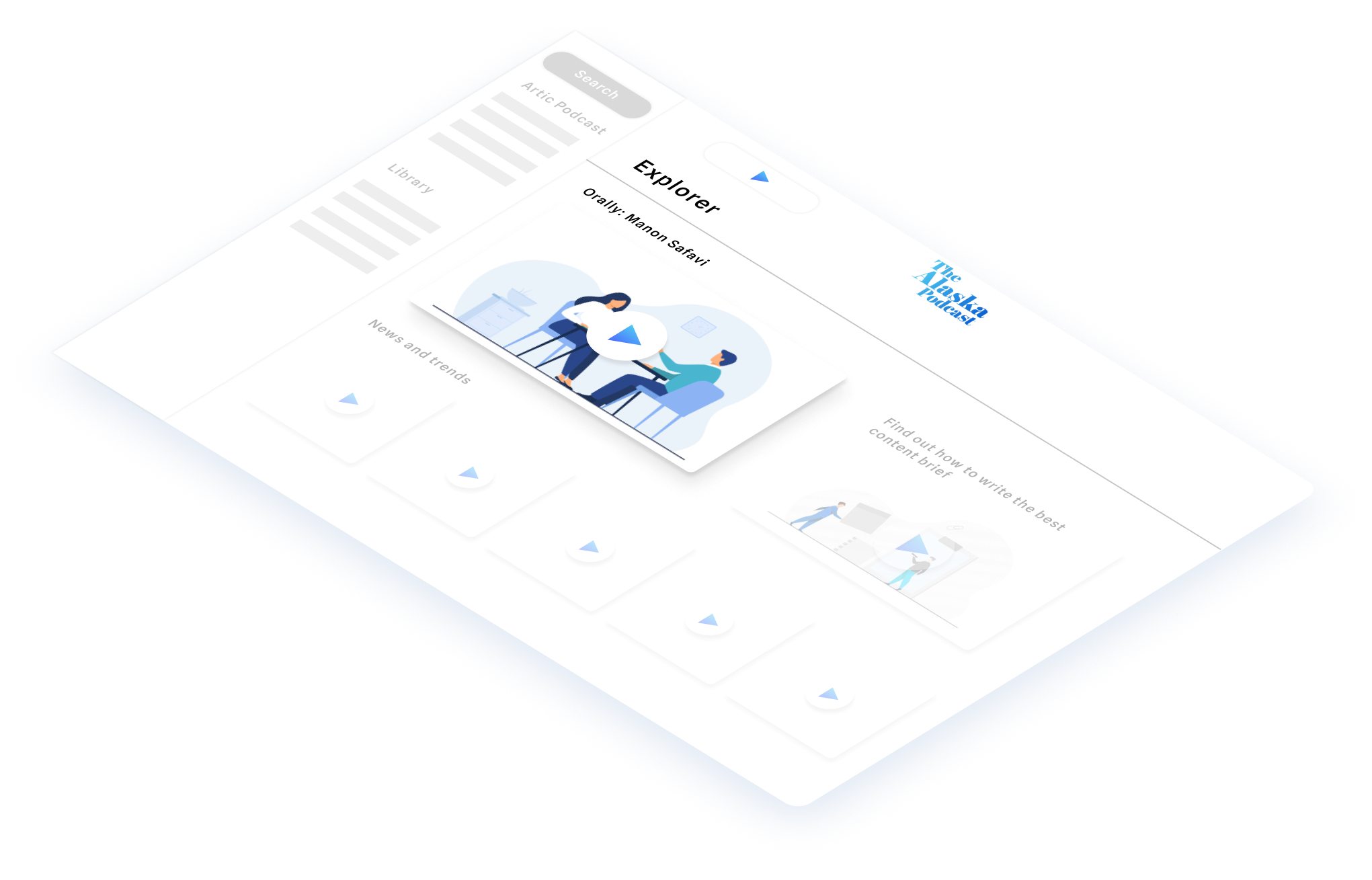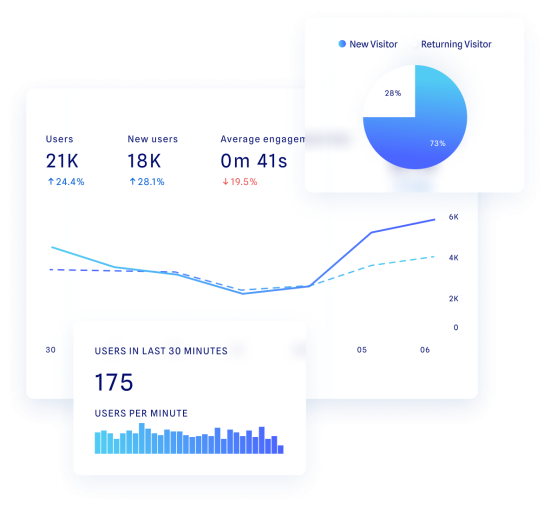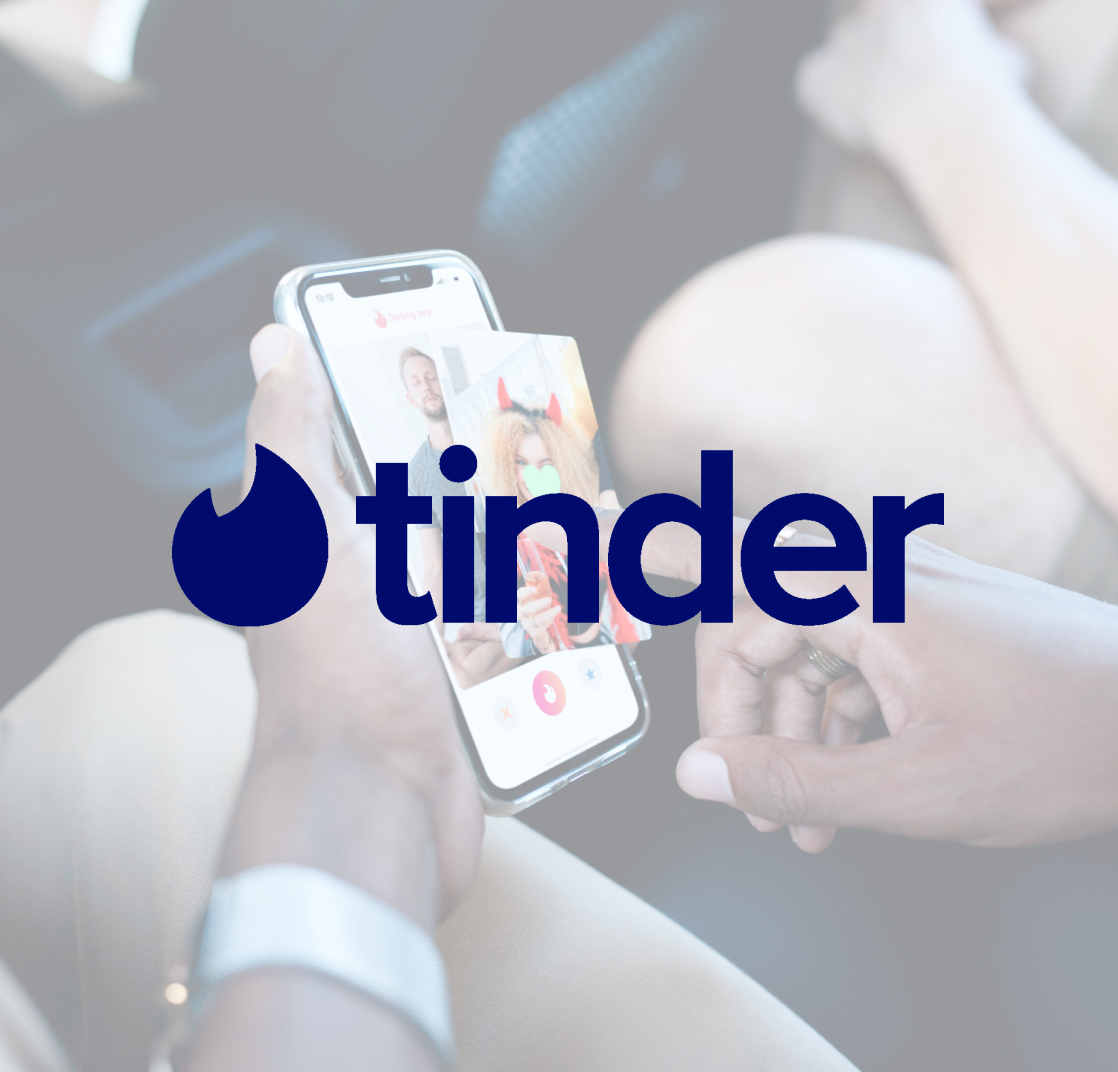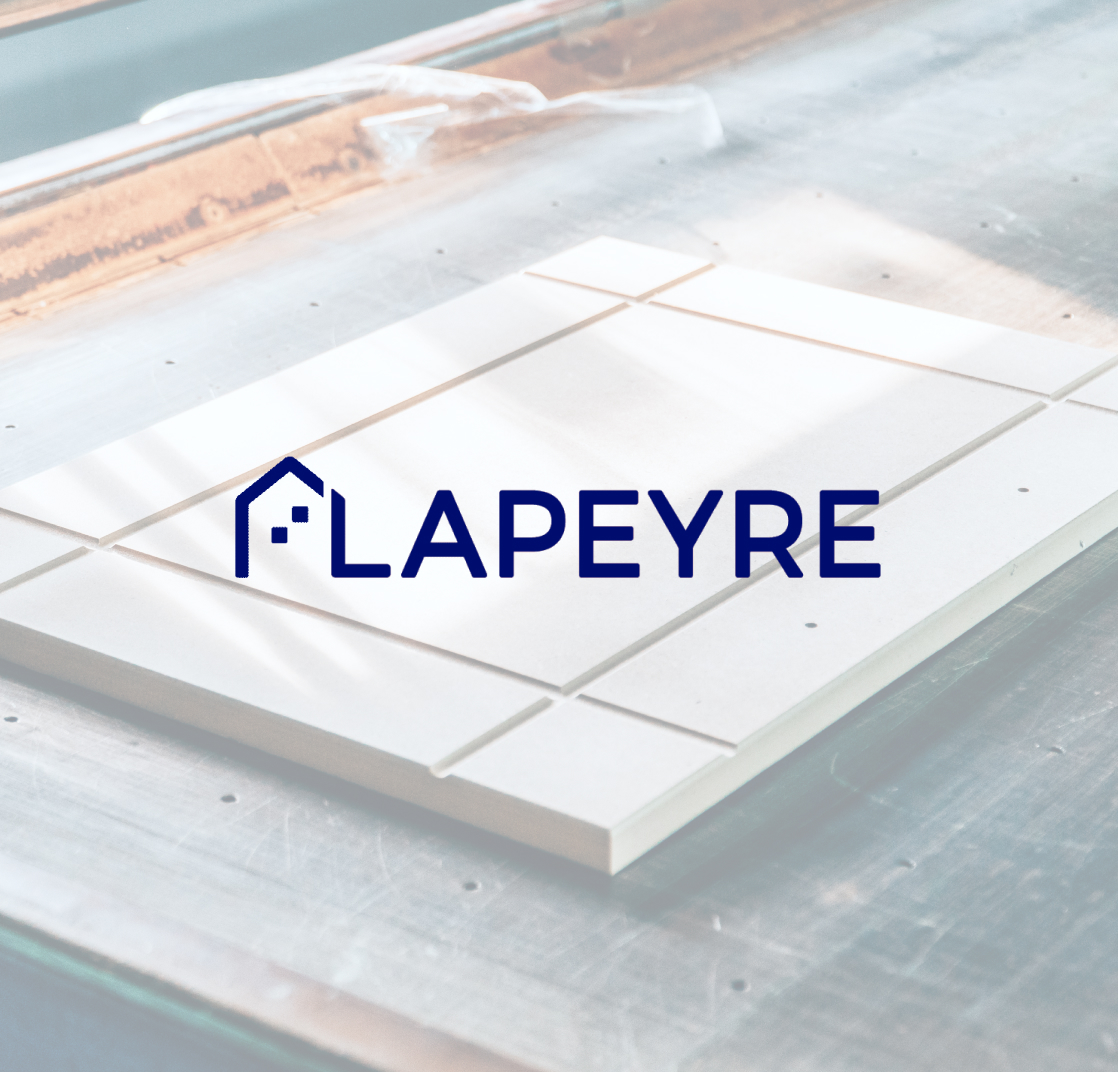
Podcasts: A Powerful Format for Brands!
With their resounding success, podcasts are rapidly establishing themselves as an essential content format for effective professional communication.

Why have podcasts become so important?
The Podcast Phenomenon: A recent but explosive rise
In 2004, there were roughly 3,000 podcasts. By February 2018, that number had skyrocketed to 500,000, and by January 2020, it had reached almost 850,000 (referring to shows rather than episodes). So how can this meteoric rise be explained? Podcasts perfectly align with our modern on-demand consumption habits. Whether you’re in the car, on public transport, at the gym, or even at work, podcasts can be enjoyed anytime, anywhere, and on any device (be it a computer, smartphone, tablet, smart TV, smart speakers, and more). Beyond their mobility, podcasts captivate listeners with their diverse range of compelling topics and in-depth analysis. In essence, they embody the essence of slow content, offering a refreshing departure from fast-paced media. Moreover, with their distinctive vocal delivery, podcasts provide a compelling alternative to traditional radio while granting listeners the freedom to choose their preferred content.
The role of podcasts in business communication strategies
Initially, brands were drawn to podcasts for their advertising potential, placing ads and engaging in sponsorships to reach wider audiences. Over time, brands like Slack and Spotify started creating their own in-house podcasts as part of their marketing efforts. This shift towards branded podcasts, known as “native” podcasts (see the table below), stems from the marketing effectiveness of this format. It allows for communication with a young audience, establishes strong connections, facilitates extensive storytelling, covers a wide range of topics, and adds value for listeners.


Replay Podcasts vs Native Podcasts
Replay Podcasts
- Content designed for catching up on radio shows and listening to them on demand.
- Podcast guided by the rules set by the radio station.
- Focuses only on themes and subjects that align with the show and station’s editorial policy.
- Listeners are primarily interested in the show itself rather than the specific topics discussed in each episode.
- Targeted at an older audience (35-50 years and above) who predominantly consume content on domestic devices such as computers and smart speakers.
VS
Native Podcasts
- Original content created specifically for direct public consumption, without prior radio broadcast.
- Total creative freedom in terms of tone, format, length, editorial approach, guest speakers, production, and more.
- Covers all types of topics and subjects without limitations.
- The topic becomes the main criteria for selecting an episode, regardless of the show.
- Appeals to early adopters (two-thirds of the audience being 15-34 years old) who mainly consume content on mobile devices.
GOOD TO KNOW
The term “podcast” is a combination of “iPod” (the first digital music player from Apple) and “broadcast.” Coined in 2004 by British journalist Ben Hammersley in an article published in The Guardian, the term was popularised by Apple, who integrated podcast playback functionality into subsequent iPod models.
-
90 %
of listeners
listen to podcasts in their entirety. -
4 M
people
listen to podcasts every month. -
86 %
of podcasts
are consumed on smartphones.
Why Create a Branded Podcast?
Branded Podcasts: An Untapped Opportunity
When comparing the 850,000 existing podcasts worldwide to the staggering 600 million blogs, it’s clear that the audio content format of podcasts is still relatively underexplored, despite its rapid growth. This presents a market with immense potential for businesses and brands. From a marketing standpoint, launching a native podcast show can be just as vital as starting a blog or a YouTube channel. This format offers a myriad of benefits, including high listening potential, reaching a wide audience (especially the younger demographic), establishing expertise and visibility, driving traffic and conversions, fostering engagement, and more. Let’s delve into these benefits in detail.

What are the benefits of branded podcasts?
-
Reaching a broad audience
The remarkable surge of podcasts and their convenient listening experience provide a golden opportunity for brands seeking to reach an increasingly diverse audience amidst an oversaturated media landscape.
-
Facilitating conversational marketing
Podcasts serve as the ideal platform for encouraging interactions, sparking debates, fostering a sense of closeness, and giving voice to customers and partners. This content medium enables the cultivation of intimate communication.
-
Generating more traffic
Podcasts act as a powerful catalyst for traffic generation: intrigued listeners naturally gravitate towards visiting the brand’s website. Alternatively, subtle prompts can be employed to subtly guide them there.
-
Driving more conversions
Podcasts not only provide value to listeners but also serve as an excellent tool for showcasing the brand and its products/services. They create the impetus to convert prospects who are further along in their buyer’s journey.
-
Building brand awareness
As podcasts gain popularity, they become an indispensable branding tool for companies aiming to stand out from the competition and elevate their brand visibility.
-
Reinforcing your position as an expert
By implementing a tailored content marketing strategy, you can demonstrate your expertise and establish your company/brand as a leader in its industry and market. This makes you an indispensable authority.
-
Draw listeners towards other content
A podcast serves as an enticing entry point that can draw the audience towards other highly conversion-driven content. It can also be adapted into various formats such as videos, blog articles, social media posts, and more.
-
Encouraging audience engagement
Podcasts provide a platform to cultivate strong relationships with the audience. This receptive audience is more likely to engage with the brand and show less reluctance towards listening to adverts.
-
Fostering listener loyalty
The episodic nature inherent to podcasts, even in their “native” form, encourages listeners to stay tuned in, thus fostering loyalty. By subscribing to the channel, they stay informed about new episodes and never miss out.
GOOD TO KNOW
There are two ways for a company or brand to take advantage of podcasts: sponsoring a show that shares an affinity with the advertiser (as exemplified by Guerlain’s sponsorship of the web show “La Poudre”) or creating their own podcast as part of a marketing initiative to enrich their content strategy or brand content. The latter option is preferable for maintaining complete creative control.
Creating Your Brand Podcast
Creating a Native Podcast: Step-by-Step Guide
If your company or brand wants to incorporate podcasts into your content strategy, the best approach is to create your own original shows instead of solely partnering with existing podcasts for advertising purposes. However, creating a podcast requires specific technical skills, equipment, and knowledge of key steps. It’s crucial to entrust the production to a specialised service provider. Let’s walk through these steps and the essential elements needed to produce a high-quality podcast that resonates with your audience.

Creating your brand podcast: a step-by-step guide

-
STEP 1
Choose your topic
Selecting a topic involves considering three factors: your field of activity, target audience, and desired show format. Approach it strategically by listing relevant themes and breaking them down into specific subjects. Keep in mind the duration of your podcast (e.g., 10 minutes, half an hour) and ensure you have enough content planned accordingly.
-
STEP 2
Structure your episodes
Episodes can be approached in various ways, such as solo hosting, roundtable discussions, reports, interviews, testimonials, or even fictional narratives. The choice depends on your topic and target audience. Once you’ve decided on the format, create a detailed script to guide your episode and save time during the recording process.
-
STEP 3
Prepare your elements
Remember that your podcast goes beyond the main host’s contributions. Enhance and illustrate your show by incorporating additional audio elements, including intros and outros (introductory and closing jingles), background music, voice-over introductions, sound effects for added depth, and more. It’s wise to have these elements ready before recording.
-
STEP 4
Work on your metadata
To ensure your podcast is discoverable and attracts listeners, optimise your metadata. This includes giving your show an appealing name, writing a compelling description that incorporates relevant keywords, and selecting the appropriate category and subcategory for your podcast within podcast applications.
-
STEP 5
Prepare your equipment
Having reliable equipment is essential for recording a podcast. Make sure you have a quality microphone for each participant (consider using tripods), comfortable headphones, a pop filter (to reduce unwanted noise), and optionally, a multitrack recorder (for easier editing with multiple participants).
-
STEP 6
Record your podcast
Once you’ve chosen recording software (like Audacity, Adobe Audition, ZenCastr), find a quiet space, preferably a studio or a suitable room, to avoid background noise. Then, start recording your episode following the script, but remember to maintain a natural and engaging tone.
-
STEP 7
Edit your podcast
The editing process may vary in length depending on the recording quality and desired episode duration. During editing, remove any unnecessary elements like pauses, verbal fillers, throat-clearing, off-topic discussions, and more. It’s also the time to synchronise audio elements and ensure a smooth flow.
GOOD TO KNOW
Choosing the right topic is crucial. Being one of the pioneers in exploring a specific theme or concept, or featuring experts in a particular field, can significantly contribute to the popularity of your podcast.
How to launch and promote your podcast
Launching your podcast: a step-by-step guide
Just like any digital content, a podcast episode needs to be uploaded and made available to audiences through a specialised hosting platform. It should then be submitted to audio applications that will distribute and potentially feature it to users. This process can be complex, but we’ll guide you through it step by step!


-
STEP 1
Podcast hosting
Audio applications don’t host podcasts themselves; they simply relay them through an RSS feed. Therefore, each podcast must be hosted online beforehand, ideally by a specialised hosting provider that takes care of everything (e.g., Ausha, Buzzsprout, Castos, Transistor). When encoding the file, it’s best to use a widely supported format like MP3.
-
STEP 2
Distribute your podcast
Once the episodes are hosted, the podcast (or more accurately, the RSS feed) needs to be submitted to audio applications through dedicated submission forms found on each platform. There are various options, but it’s highly recommended to focus on popular applications such as iTunes, Spotify, Google Podcasts, or Stitcher.
-
STEP 3
Spread the word
Next, promote your podcast to your target audience using relevant communication channels. These can include your company’s website (blog posts, transcriptions), email marketing (a newsletter enriched with the RSS feed), social media (tailored to the intended listeners), press relations (press releases sent to journalists and influencers), and word-of-mouth.
-
STEP 4
Prepare for launch
Promotion can be preceded by a teasing phase to inform your audience in advance. For example, create a dedicated landing page with a subscription form for the upcoming podcast. Building an audience before the launch ensures a sufficient listening volume and increases the chances of gaining visibility on audio applications.
-
STEP 5
Request feedback
To boost the popularity of your podcast and attract new listeners, encourage your audience to leave ratings and reviews on the application and subscribe to the show. Consider offering small rewards as an incentive if necessary. Positive comments are, of course, highly valuable!
-
STEP 6
Plan for the future
Like any content strategy, a podcast requires regular publication to convince and retain its audience. The frequency of releasing new episodes doesn’t matter as much as consistency and quality.
-
STEP 7
Monetise your podcast
Once a certain level of audience has been reached, it becomes possible to monetise the podcast. There are several options: integrating ads on the hosting page (such as through AdSense), working with advertising agencies (programmatic advertising), offering ad spaces to sponsors during the episodes, or promoting your own products/services.
GOOD TO KNOW
For a newly launched podcast, consider preparing multiple episodes (at least three or four) to release at once. This provides ample material to offer to the audience, avoids frustration due to a lack of content, and encourages listeners to subscribe.
-
40 %
of podcast listeners
discover shows through word-of-mouth and social media. -
75 %
of listeners
are willing to pay to listen to their favourite native podcasts. -
90 %
of listeners
consider native podcasts as a distinct media platform.
Examples of successful brand podcasts
Do brand podcasts really work?
It’s a valid question. Do listeners genuinely want to tune in to shows produced by companies and brands? The answer is a resounding yes, as long as these podcasts delve into topics and subjects that pique their interest, go beyond mere brand promotion, and offer highly valuable content that enriches their experience. We’ve handpicked four examples of podcasts published by brands across various industries to showcase how this format can inspire listeners.
Our Commitment
-
Expertise
Since 2010, we have worked with over 2000 clients across 90 countries.
-
Passion
We are a team of passionate, industry-focused individuals who are committed to your success.
-
Performance
We’re committed to implementing a data-driven strategy, making a real impact on your bottom line by providing avenues for growth.
Any questions?
A branded podcast is an increasingly popular audio content format. It is made available through an RSS feed and can be listened to on-demand on any device, particularly mobile. There are two categories: replay podcasts, which allow you to listen (or re-listen) to a previously aired radio show, and native podcasts, specifically created for direct public distribution without prior airing.
Launching a branded podcast, typically in a native format, offers numerous benefits for companies and brands from a marketing perspective. This type of content allows you to reach a wide audience, expand your community, drive traffic and conversions, enhance your brand’s reputation, demonstrate expertise, and foster engagement and loyalty among listeners.
Creating a native podcast involves following a series of steps when producing each episode: selecting a topic, structuring the content, preparing the audio elements, working on metadata, recording, and editing. Afterwards, it needs to be hosted on a web platform, have an RSS feed created, and be submitted to popular listening applications such as Spotify or iTunes.












